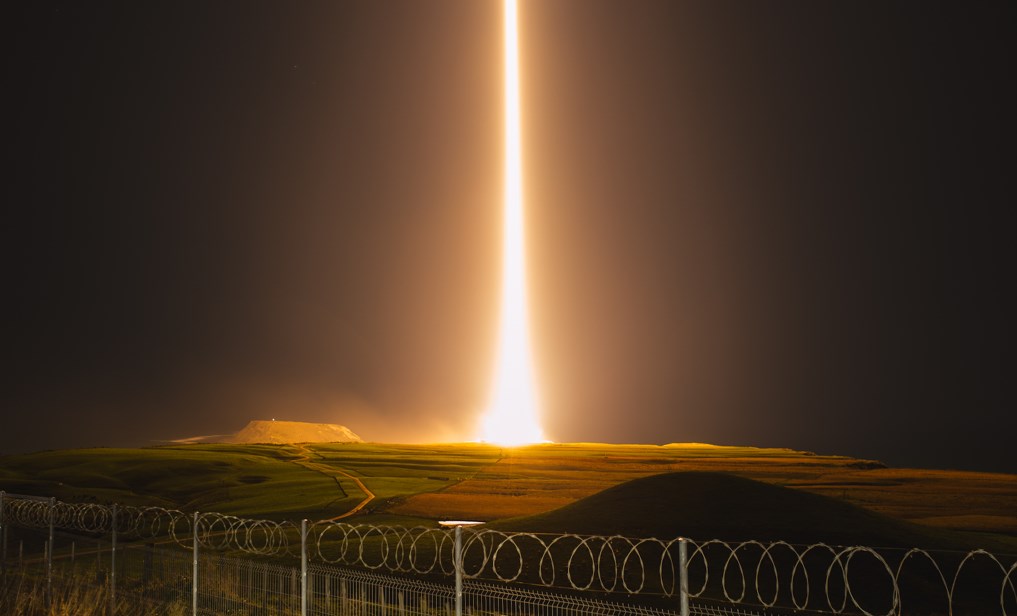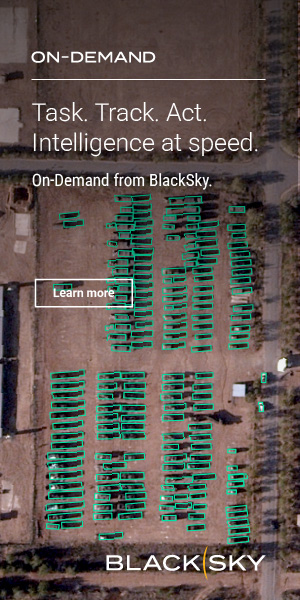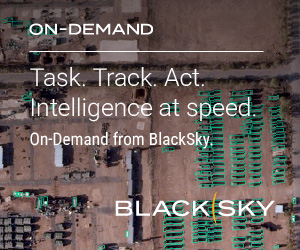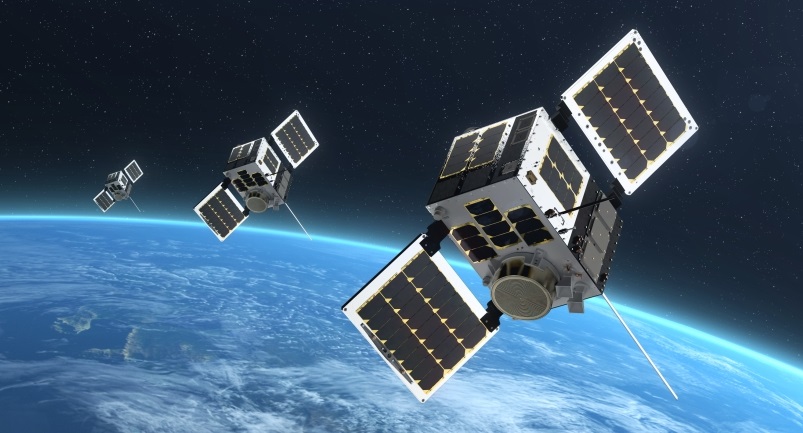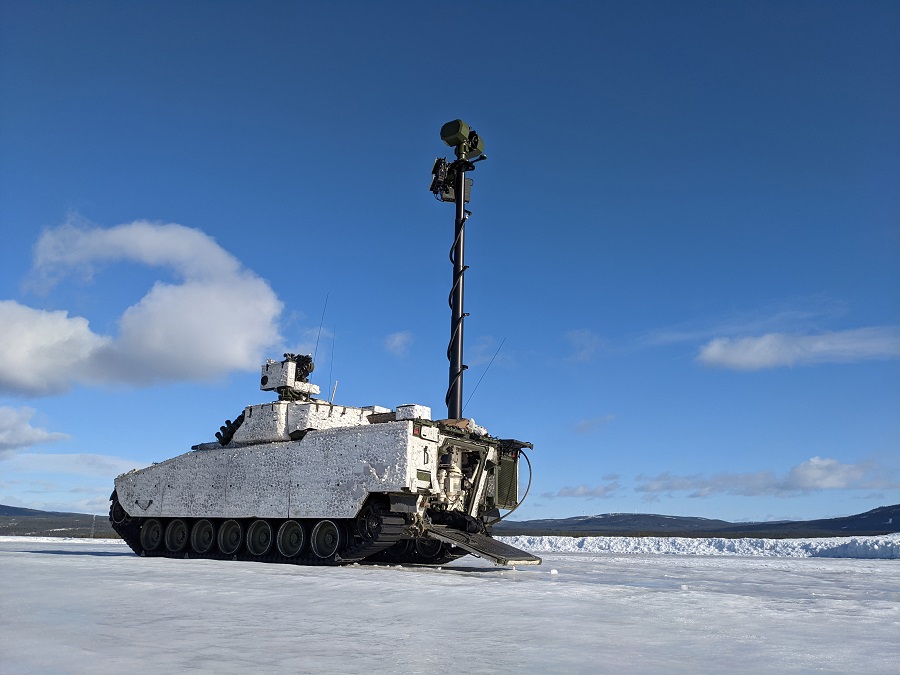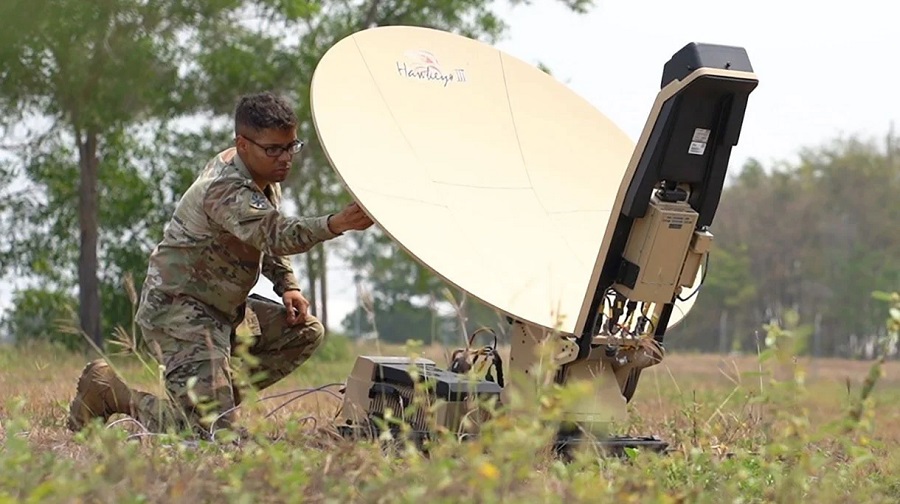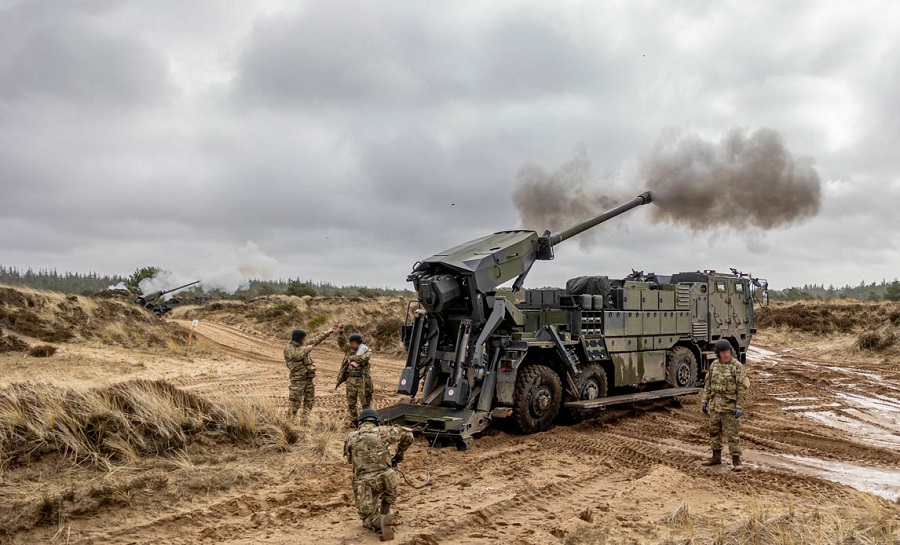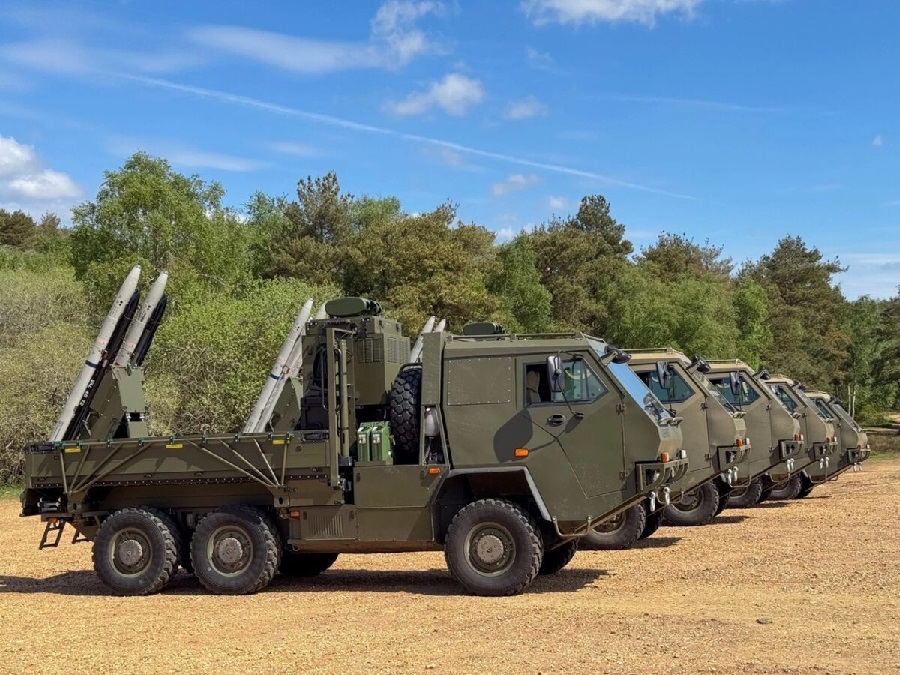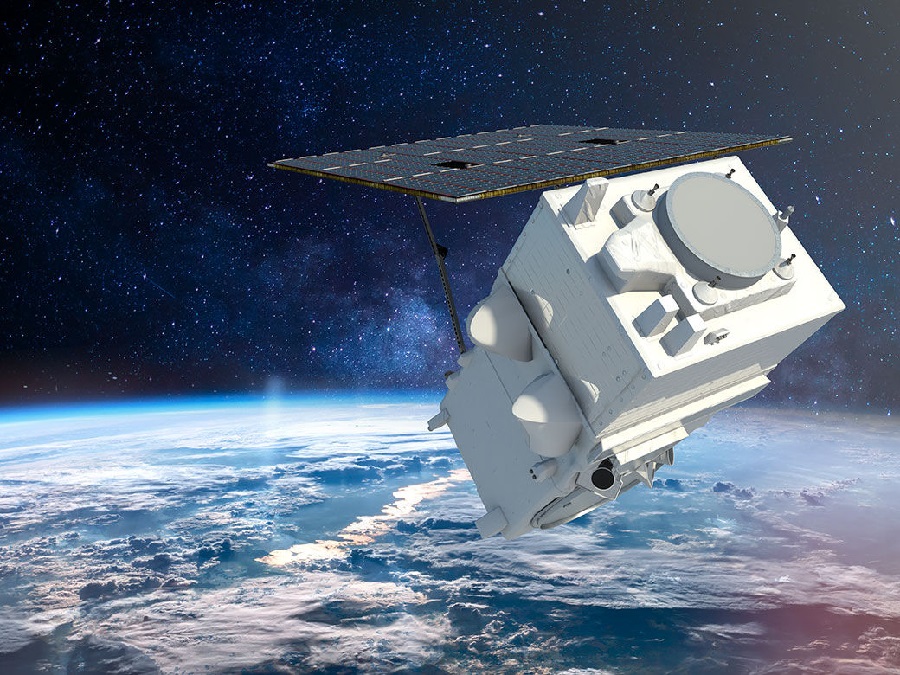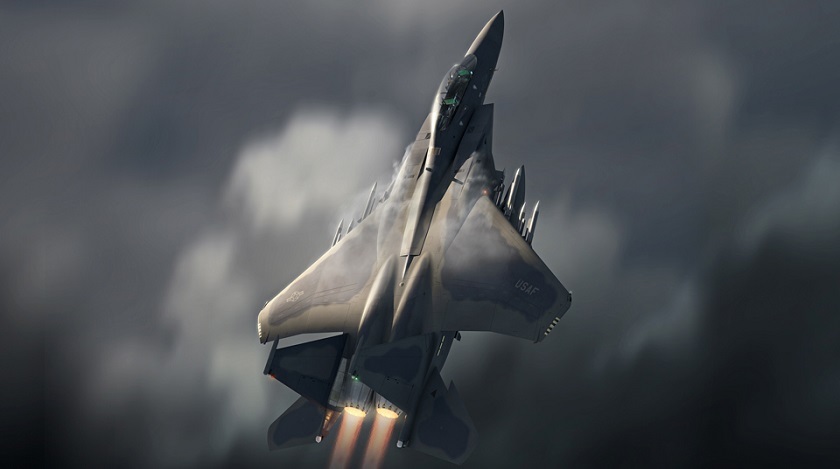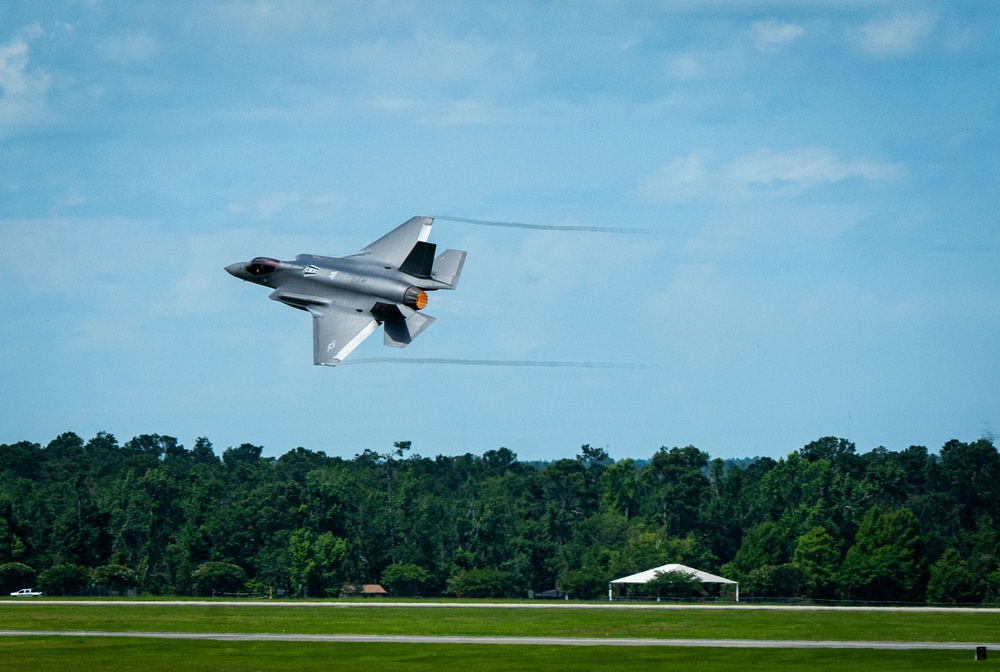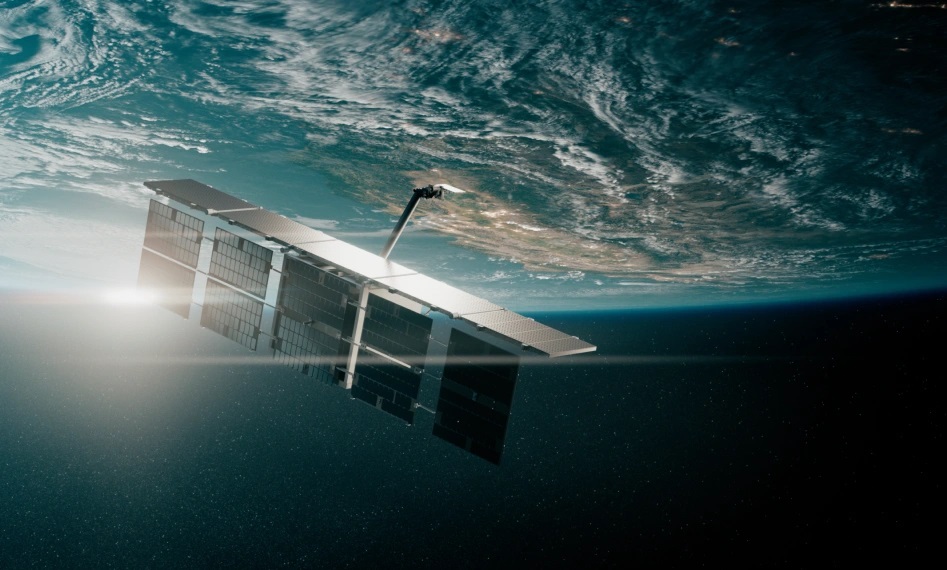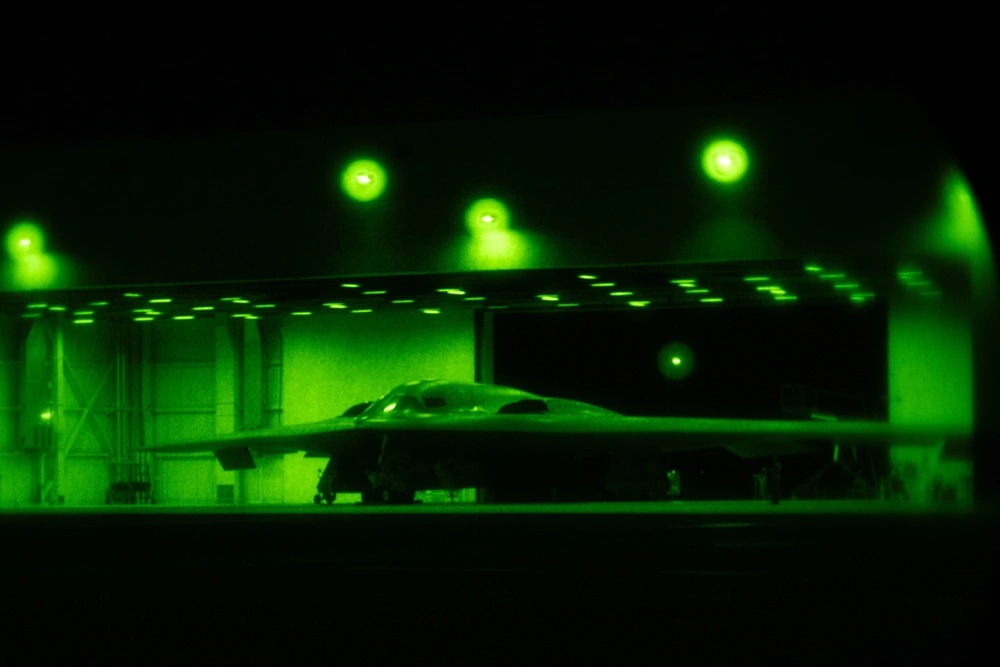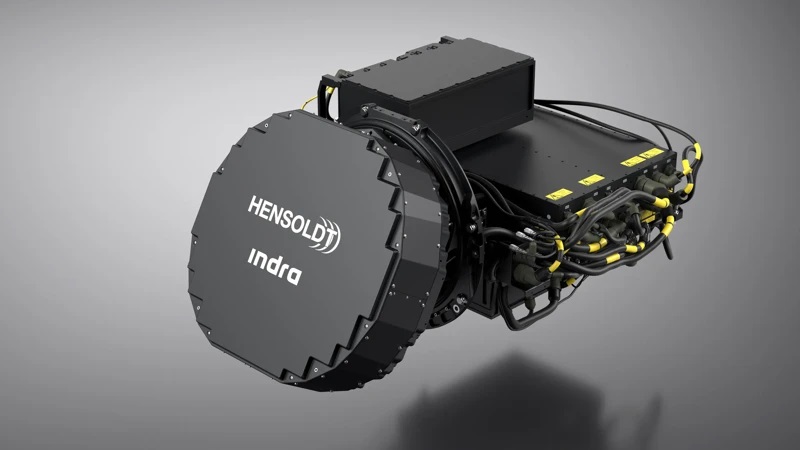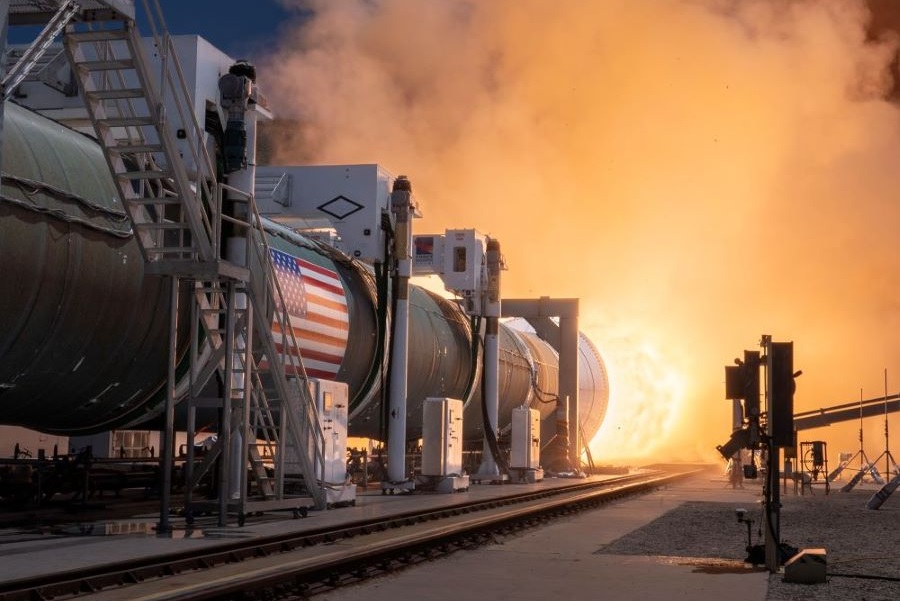Cluster 12 consists of three formation-flying satellites designed to detect, characterise, and geolocate radio frequency (RF) signals. The mission also included Kestrel-0A, an experimental satellite aimed at testing emerging technologies to inform future developments.
“Successful contact with Cluster 12 is the result of meticulous engineering, rigorous testing, and seamless coordination with our launch and mission partners,” said Lorin Metzger, Senior Vice President of Engineering at HawkEye 360. “We’re proud of the team’s work in ensuring a smooth deployment and look forward to bringing this new cluster fully online in the coming weeks.”
This marks the first HawkEye 360 cluster to operate in a dawn/dusk sun-synchronous orbit, addressing a key coverage gap in polar orbit revisit capability. It also enhances the company’s ability to provide timely RF insights across strategically important areas.
The new cluster follows the proven design of Clusters 9 through 11 and introduces a Ka-band downlink demonstration to assess potential for increased data throughput. These developments support HawkEye 360’s ongoing efforts to expand and evolve its satellite constellation.
“Cluster 12 strengthens our mission to deliver timely, defense-relevant RF insights that empower our government and allied partners operating in complex, dynamic environments,” said Patrick Zeitouni, Chief Strategy Officer at HawkEye 360. “By extending coverage through a new orbital plane, this launch reflects our continued leadership in innovation and strategic growth, ensuring our customers have the trusted knowledge they need to achieve mission success.”
HawkEye 360’s latest deployment underlines its commitment to advancing space-based RF technology for global security and situational awareness. The company continues to supply multidimensional signals intelligence to support informed and timely decision-making by allied governments and intelligence organisations.



